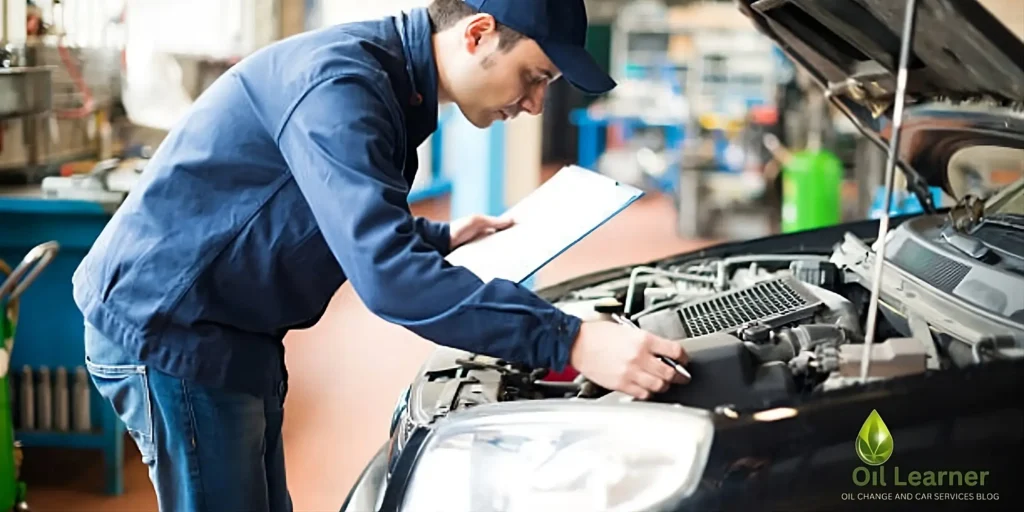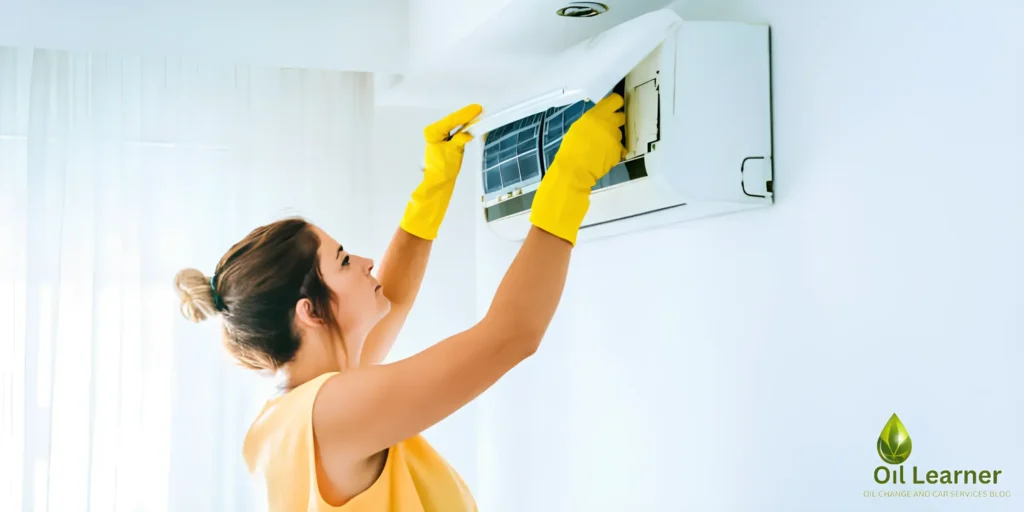How to Replace Air Filters: An Explained Guide in Steps
Keeping your HVAC system efficient and durable requires the replacement of the air filters. They guarantee that your home air conditioner, furnace, car, or any other uses are always on their best performance with great improvement in air quality.
Join us as we go into details regarding how to replace air filters and get relevant tips too.
Table of Contents
Significance Of Replacing Air Filters
The work of an air filter is to catch dust, pollen, and other airborne particles before they can enter your HVAC. Over time, these filters become blocked reducing airflow and making the system work harder than it should be operating.
This may lead to high energy bills, poor system efficiency, and even damage to your equipment. Some ways in which regularly replacing air filters helps include:
- Enhancing indoor air quality;
- Improving the performance of the system;
- Decreasing energy consumption;
- Extending life expectancy for the HVAC units.
How Frequently Should You Replace Air Filters?
The frequency at which you will need to change your air filters depends on several factors such as type of filter, environment, and specific system among others. Below are some general rules.
- Fiberglass filters-30 days.
- Pleated filters-90 days.
- HEPA(high-efficiency particulate air)filters- 6 months-1 year.
- Car air filters should be replaced every 12,000 to 15,000 miles or as indicated by the manufacturer.
Read about 13 Signs of Transmission Problems and Their Solutions
Essential tools and materials
Before you start, collect these tools and materials:
- Fresh air filter (make sure it matches the size and type of the old one)
- Screwdriver (if needed for accessing panels)
- Vacuum cleaner or a damp cloth (for cleaning around the filter area)

Step-by-step guide on how to replace air filters
1. Turn Off the HVAC System
Always turn off the HVAC system before replacing an air filter so as not to endanger oneself. This will stop debris from being pulled into your system and will also prevent you from any possible electrical danger.
2. Find Air Filter
The air filter is usually found either near the return air duct or in the blower compartment. In residential HVAC systems, this could be in a wall, ceiling, or furnace unit.
In cars, look at the owner’s manual for directions where they are usually situated under the bonnet or behind the glove box.
3. Remove the Old Air Filter
Carefully open the access panel/filter housing to remove the old air filter; check its condition when removed; if it is clogged with dust and debris then change for a new one.
4. Clean The Filter Area
Clean up the area before fitting the new filter. Clean dust and debris with a vacuum cleaner or damp cloth. This helps make sure the new filter works properly.
5. Insert the New Air Filter
Place a new air filter in the housing so that it is flush with the housing. Keep in mind that the arrows in the filter frame should point towards the airflow. The arrows should be facing your HVAC system.
6. Close the Access Panel
Reinstall the access panel or filter housing This should be airtight so tin in real well.
7. Turn On the HVAC System
Same the HVAC system and make sure it is running. Look for any strange noises or abnormalities that could mean a problem.
Replacing Car Air Filters
Just like with home air filters being replaced car air filters are also important to replace. A clean car air filter makes sure that your engine gets the exact amount of clean air that it needs for high performance and fuel economy. Replacing Your Car Air Filter
1. Locate the Air Filter Housing
Located in an engine bay, a lot of car air filters sit in a rectangular or cylindrical housing. Look in your vehicle’s owner’s manual to find the air filter housing.
2. Open the Housing
Open the air filter housing – Either use a screwdriver for close enclosures or unclip with clamps for easy-opening covers. Make sure you do not hit any components when doing this.
3. Remove the Old Air Filter
Remove the old air filter and check it out. If it looks dirty or seems blocked…Then it needs to be replaced.
4. Clean the Housing
Clean the housing of any dirt and debris using a damp cloth or a vacuum to avoid contamination into the engine with the new filter.
5. Insert the New Air Filter
Fit the new air filter into the housing and make sure it is securely seated in place and the rubber seal is positioned correctly to prevent unfiltered air from entering the engine.
6. Close the Housing
Then you should tighten the screws or the clamps to secure the housing again. Ensure it is sealed adequately.
7. Check the Installation
First, turn your car on and pay attention to any weird ticking. Check the air filter and make sure it is seated correctly – engine running cleanly?

Other Tips For Air Filter Maintenance
- If not monthly, at least check them to see how they are doing, regular filter checks are recommended every month.
- Quality filters: Quality air filters can improve the air that you are breathing while also helping any HVAC unit or furnace have an extended life.
- Clean Environment: Keep the spot around the HVAC machine clean so that maximum dust and debris do not enter into the filter.
Conclusion
The basic task of changing air filters is vital in terms of maintaining the proper performance, and efficiency, of your HVAC system.
In doing so, you will enjoy fresh air in your house or vehicle, and consume less energy, hence extending the life of your equipment. Do not forget about air filters that need to be replaced regularly with the right size and type according to the system it is being used in.
If you add these practices, you will able to maintain a clean air and save money on your HVAC. Happy filtering!







One Comment